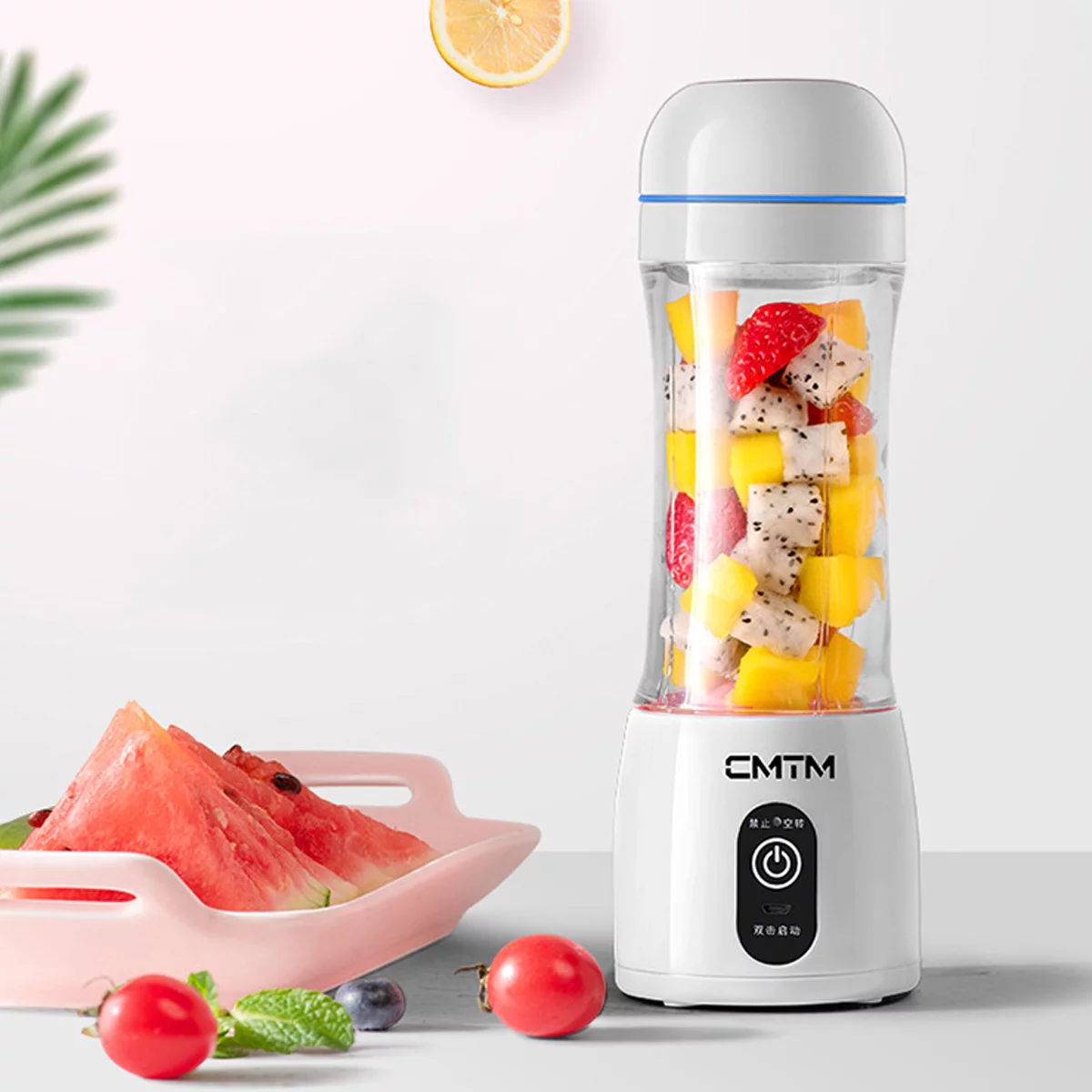

Articles
How To Charge Portable Juicer
Modified: December 6, 2023
Learn how to charge a portable juicer with these informative articles. Find step-by-step guides and tips for charging your juicer on the go.
(Many of the links in this article redirect to a specific reviewed product. Your purchase of these products through affiliate links helps to generate commission for Storables.com, at no extra cost. Learn more)
Introduction
Welcome to the world of portable juicers! These handy devices allow you to enjoy fresh and nutritious juice on the go, whether you’re traveling, at work, or simply want a quick refreshment at home. However, to ensure that your portable juicer is always ready to use, it’s essential to know how to charge it correctly.
Properly charging your portable juicer not only ensures optimal functionality but also extends the battery life, allowing you to enjoy your favorite juices for longer periods. In this article, we will discuss why it’s important to charge your portable juicer correctly, understand its charging requirements, provide a step-by-step guide on charging, and share some valuable tips for optimal charging and battery life.
So, let’s dive right in and learn how to charge your portable juicer like a pro!
Key Takeaways:
- Properly charging your portable juicer is crucial for optimal functionality, extended battery life, and hassle-free juicing experiences, ensuring you always have delicious and nutritious juices at your fingertips.
- Understanding the specific charging requirements, following a step-by-step charging guide, and implementing valuable tips for optimal charging and battery life are essential for maximizing the performance and longevity of your portable juicer.
Why is it important to charge your portable juicer correctly?
Charging your portable juicer correctly is crucial for several reasons. First and foremost, it ensures that you have a fully charged battery, ready to power your juicer whenever and wherever you need it. Imagine being in the middle of juicing your favorite fruits and suddenly running out of power – not a pleasant experience!
Proper charging also helps maintain the overall performance and longevity of your portable juicer. Just like any electronic device, overcharging or undercharging can lead to battery degradation and reduced efficiency over time. By following the correct charging procedures, you can maximize the lifespan of your juicer and ensure that it continues to deliver delicious juices consistently.
Moreover, charging your portable juicer properly minimizes the risk of any electrical issues or malfunctions. When the battery is charged correctly and not subjected to excessive heat or overloading, you can mitigate the chances of encountering any safety hazards. It’s always better to err on the side of caution when it comes to using electrical devices.
Another benefit of charging your portable juicer correctly is convenience. By ensuring that your juicer is always fully charged, you eliminate the need to rush to find an outlet or carry extra batteries when you’re on the move. Whether you’re traveling, camping, or simply using your portable juicer at home, having a reliable power source at your disposal makes the juicing experience hassle-free and enjoyable.
Lastly, charging your portable juicer according to the manufacturer’s guidelines maintains the warranty and prevents any potential voiding of the warranty due to incorrect usage. Taking the time to understand the charging requirements and following them diligently safeguards your investment and provides peace of mind.
Now that we understand why it’s crucial to charge your portable juicer correctly, let’s delve into the specifics.
Understanding the charging requirements of your portable juicer
Before you begin charging your portable juicer, it’s essential to familiarize yourself with the specific charging requirements of your device. Every portable juicer model may have different charging methods and specifications, so it’s crucial to refer to the user manual or manufacturer’s guidelines for accurate information.
The most common method of charging portable juicers is via a USB cable. Many juicers come with a USB port that allows you to connect it to a power source, such as a computer, power bank, or wall adapter. However, some portable juicers may require a specific charging adapter or cable provided by the manufacturer.
One important factor to consider is the charging time. Different juicer models have varying charging times, typically ranging from 2 to 4 hours. It’s important to be patient and avoid disconnecting the juicer prematurely, as it may not reach a full charge, impacting its performance and battery life.
Additionally, some portable juicers feature indicators or LED lights that indicate the charging status. These lights may change color or blink to signify if the device is charging, fully charged, or if there is any issue with the charging process. Pay attention to these indicators to ensure that your juicer is charging correctly.
It’s worth noting that some portable juicers have specific recommendations for the initial charge. The manufacturer may recommend fully charging the device before the first use to optimize its performance. Again, refer to the user manual or manufacturer’s guidelines for any specific instructions regarding the initial charge.
Lastly, it’s important to keep the charging port of your portable juicer clean and free from dust or debris. Regularly inspect and clean the charging area to prevent any interference with the charging process and ensure proper contact between the charging cable and the juicer.
By understanding the charging requirements of your portable juicer and following the recommended procedures, you can ensure a smooth and efficient charging experience while maximizing the performance and longevity of your device.
Step-by-step guide on charging your portable juicer
Charging your portable juicer is a straightforward process. Follow these step-by-step instructions to ensure a proper and efficient charging experience:
- Refer to the user manual or manufacturer’s guidelines: Before you start charging, carefully read the user manual or any instructions provided by the manufacturer. This will help you understand the specific charging requirements and any safety precautions.
- Locate the charging port: Identify the charging port on your portable juicer. It is usually located on the bottom or side of the device. Some juicers may have a USB port, while others may require a specific adapter or cable provided by the manufacturer.
- Connect the charging cable: Plug one end of the charging cable into the charging port of your portable juicer. Ensure a snug connection to avoid any disconnection during the charging process.
- Connect to a power source: Plug the other end of the charging cable into a power source, such as a computer USB port, a wall adapter, or a power bank. Make sure the power source is turned on and providing electricity.
- Monitor the charging process: Depending on your portable juicer model, you may have LED lights or indicators that show the charging status. Keep an eye on these indicators to determine if the juicer is charging correctly. The lights may change color, blink, or remain lit to indicate different charging stages.
- Allow sufficient charging time: Be patient and allow your portable juicer to charge fully. The charging time can vary from 2 to 4 hours, depending on the model and battery capacity. Avoid disconnecting the juicer prematurely as it may not reach a full charge, impacting its performance and battery life.
- Unplug the charging cable: Once your portable juicer is fully charged, carefully unplug the charging cable from both the juicer and the power source. Make sure to handle the cable and juicer with care to prevent any damage.
- Confirm the charging status: Check the LED lights or indicators to ensure that the juicer is showing a fully charged status. Some models may have a specific light pattern or color to indicate a full charge. If there are any issues or the charging status is not as expected, refer to the troubleshooting section or contact the manufacturer for assistance.
Following these simple steps will help you charge your portable juicer correctly, ensuring that it is always ready to provide you with delicious and nutritious juices.
When charging a portable juicer, make sure to use the provided charging cable and plug it into a power source. Allow the juicer to charge fully before using it to ensure optimal performance.
Tips for optimal charging and battery life for your portable juicer
To maximize the charging efficiency and extend the battery life of your portable juicer, follow these tips:
- Use the recommended charging method: Always use the charging cable or adapter provided by the manufacturer. Using third-party cables may not deliver the correct voltage or current, which can affect the charging speed and battery performance.
- Avoid overcharging: Once your portable juicer reaches a full charge, disconnect it from the power source. Overcharging can lead to battery degradation and reduced lifespan. If your juicer has an automatic shut-off feature when fully charged, take advantage of it.
- Charge at room temperature: Avoid charging your portable juicer in extreme temperature conditions. Charging at room temperature (between 20-25 degrees Celsius) is ideal for optimal battery health.
- Avoid deep discharge: Try to avoid completely draining the battery of your portable juicer before recharging. Lithium-ion batteries, commonly used in portable juicers, benefit from shallow discharges and frequent top-ups.
- Regularly clean the charging port: Dust and debris can accumulate in the charging port, hindering the charging process. Keep the port clean and free from obstructions to ensure proper contact and efficient charging.
- Avoid exposing to water or moisture: Water or moisture can damage the electronic components of your portable juicer, including the charging port and battery. Keep the device away from water or any liquids to prevent any potential damage.
- Optimize battery usage: To conserve battery life, avoid running your portable juicer continuously for extended periods. Take breaks between juicing sessions and let the juicer cool down before initiating the next juicing cycle.
- Store properly when not in use: If you’re not using your portable juicer for an extended period, charge it to around 50% battery capacity and store it in a cool, dry place. Avoid leaving the juicer completely discharged or fully charged during long periods of inactivity.
- Keep firmware/software up to date: Check if there are any firmware or software updates available for your portable juicer. Installing the latest updates can improve battery performance and overall functionality.
- Follow manufacturer’s maintenance recommendations: Consult the user manual or manufacturer’s guidelines for any specific maintenance suggestions. Some portable juicers may require occasional battery calibration or other maintenance practices to optimize performance.
By following these tips, you can ensure optimal charging and battery life for your portable juicer, allowing you to enjoy fresh and delicious juices whenever you desire.
Read more: How To Charge A Tesla At A Charging Station
Common charging mistakes to avoid
When it comes to charging your portable juicer, it’s important to be aware of common charging mistakes that can negatively impact its performance and battery life. Avoiding these mistakes will help ensure a smooth and efficient charging experience:
- Using incompatible charging cables: Using a charging cable that is not recommended or provided by the manufacturer can result in incorrect voltage or current delivery. This can lead to slow charging, overheating, or damage to the battery. Always use the recommended charging cable.
- Overcharging: Leaving your portable juicer connected to the power source for an extended period after it reaches a full charge can damage the battery and reduce its lifespan. Avoid overcharging by promptly disconnecting the juicer once it is fully charged.
- Charging in extreme temperatures: Charging your portable juicer in extreme temperature conditions, such as direct sunlight or freezing temperatures, can negatively impact the battery. Aim to charge your juicer at room temperature for optimal performance and battery health.
- Letting the battery completely drain: Allowing the battery of your portable juicer to drain completely before recharging can put unnecessary strain on the battery. Ideally, try to recharge the juicer before it reaches a critically low battery level.
- Ignoring maintenance recommendations: Neglecting the manufacturer’s maintenance recommendations, such as firmware or software updates, can lead to suboptimal battery performance. Stay updated with the latest firmware or software releases to enhance the juicer’s functionality and improve battery life.
- Not cleaning the charging port: Dust and debris can accumulate in the charging port over time, hindering the charging process. Regularly clean the port using a soft, dry cloth to remove any obstructions and ensure a proper connection between the charging cable and the juicer.
- Exposing the juicer to water or moisture: Water or moisture can damage the electronic components of your portable juicer. Keep the juicer away from liquids and avoid using it in wet environments to prevent any potential damage.
- Ignoring the LED indicators: Many portable juicers have LED indicators that display the charging status. Pay attention to these indicators to ensure that the juicer is charging correctly. Ignoring or misinterpreting the LED lights can result in improper charging or battery-related issues.
- Using the juicer while it is charging: To avoid potential safety hazards, it is advisable not to use your portable juicer while it is charging. Charging and using the juicer simultaneously can lead to overheating and damage to the battery or electrical components.
- Using the juicer with a low battery: Using your portable juicer with a low battery level can result in reduced performance and a shorter runtime. It is recommended to charge the juicer to an adequate level before using it to ensure optimal juice extraction.
By being mindful of these common charging mistakes and following the correct charging procedures, you can ensure the longevity and optimal performance of your portable juicer.
Troubleshooting charging issues with your portable juicer
Encountering charging issues with your portable juicer can be frustrating, but there are several troubleshooting steps you can take to identify and resolve the problem:
- Check the charging cable: Ensure that the charging cable is securely connected to both the portable juicer and the power source. Inspect the cable for any signs of damage or wear. If necessary, try using a different charging cable to rule out any cable-related issues.
- Clean the charging port: Dust or debris in the charging port can hinder the charging process. Use a soft, dry cloth to clean the charging port and remove any obstructions. Make sure the charging cable makes proper contact with the port.
- Test with a different power source: If your portable juicer is not charging, try connecting it to a different power source, such as a different USB port, wall adapter, or power bank. This helps determine if the issue lies with the power source or the juicer itself.
- Restart your portable juicer: Sometimes, a simple restart can resolve charging issues. Turn off your portable juicer, disconnect it from the power source, and wait for a few seconds. Then, reconnect the charging cable and turn on the juicer to see if it starts charging.
- Reset the device: Some portable juicers have a reset button or a combination of buttons that can be pressed to reset the device. Refer to the user manual or contact the manufacturer for instructions on how to perform a reset.
- Check the power source: Ensure that the power source you are using is providing electricity. Try plugging in another device to the same power source to verify if it’s working correctly. If the power source is faulty, try charging your portable juicer using a different power source.
- Inspect the charging indicator lights: If your portable juicer has LED indicator lights to signify the charging status, pay attention to their behavior. If the lights are not turning on or behaving abnormally, it may indicate a problem with the juicer’s internal circuitry. In such cases, contact the manufacturer for further assistance.
- Contact customer support: If you have tried all the troubleshooting steps above and your portable juicer still isn’t charging, it’s advisable to reach out to the customer support service of the manufacturer. They will be able to provide specific guidance based on the model and help resolve the issue.
Remember that it is important to consult the user manual or contact the manufacturer for any specific troubleshooting steps or guidelines for your particular portable juicer model. They will have the expertise to address any charging issues or concerns effectively.
By following these troubleshooting steps and seeking appropriate assistance, you can identify and resolve charging issues with your portable juicer, ensuring that it functions optimally for your juicing needs.
Conclusion
Properly charging your portable juicer is essential to ensure its functionality, performance, and longevity. By understanding the charging requirements, following the recommended procedures, and avoiding common mistakes, you can optimize the charging experience and extend the battery life of your juicer.
We discussed the importance of charging your portable juicer correctly, including how it ensures a fully charged battery, maintains performance, mitigates safety hazards, and provides convenience. Understanding the specific charging requirements of your juicer, such as the charging port, cable, and charging time, is crucial for a successful charging process.
We provided a step-by-step guide on how to charge your portable juicer, emphasizing the importance of referring to the user manual and manufacturer’s guidelines. Following these steps helps you connect the charging cable, choose the appropriate power source, monitor the charging process, and ensure a complete charge for optimal juicing experience.
To further enhance the charging efficiency and battery life of your portable juicer, we shared valuable tips such as using the recommended charging method, avoiding overcharging and deep discharge, charging at room temperature, and keeping the charging port clean. These tips, along with regularly updating firmware and following maintenance recommendations, contribute to a longer-lasting battery and improved performance.
In the event of charging issues, we provided troubleshooting steps such as checking the charging cable and port, testing different power sources, restarting or resetting the juicer, and contacting customer support when necessary. These troubleshooting steps can help identify and resolve common charging problems.
Remember, each portable juicer model may have specific charging requirements, so always refer to the user manual or manufacturer’s guidelines for accurate instructions and recommendations.
By following the proper charging procedures, maintaining the juicer, and resolving any charging issues promptly, you can enjoy the convenience and benefits of your portable juicer for years to come. So go ahead, charge your juicer correctly, and continue to savor those delicious, nutritious juices, whether you’re on the go or relaxing at home!
Frequently Asked Questions about How To Charge Portable Juicer
Was this page helpful?
At Storables.com, we guarantee accurate and reliable information. Our content, validated by Expert Board Contributors, is crafted following stringent Editorial Policies. We're committed to providing you with well-researched, expert-backed insights for all your informational needs.
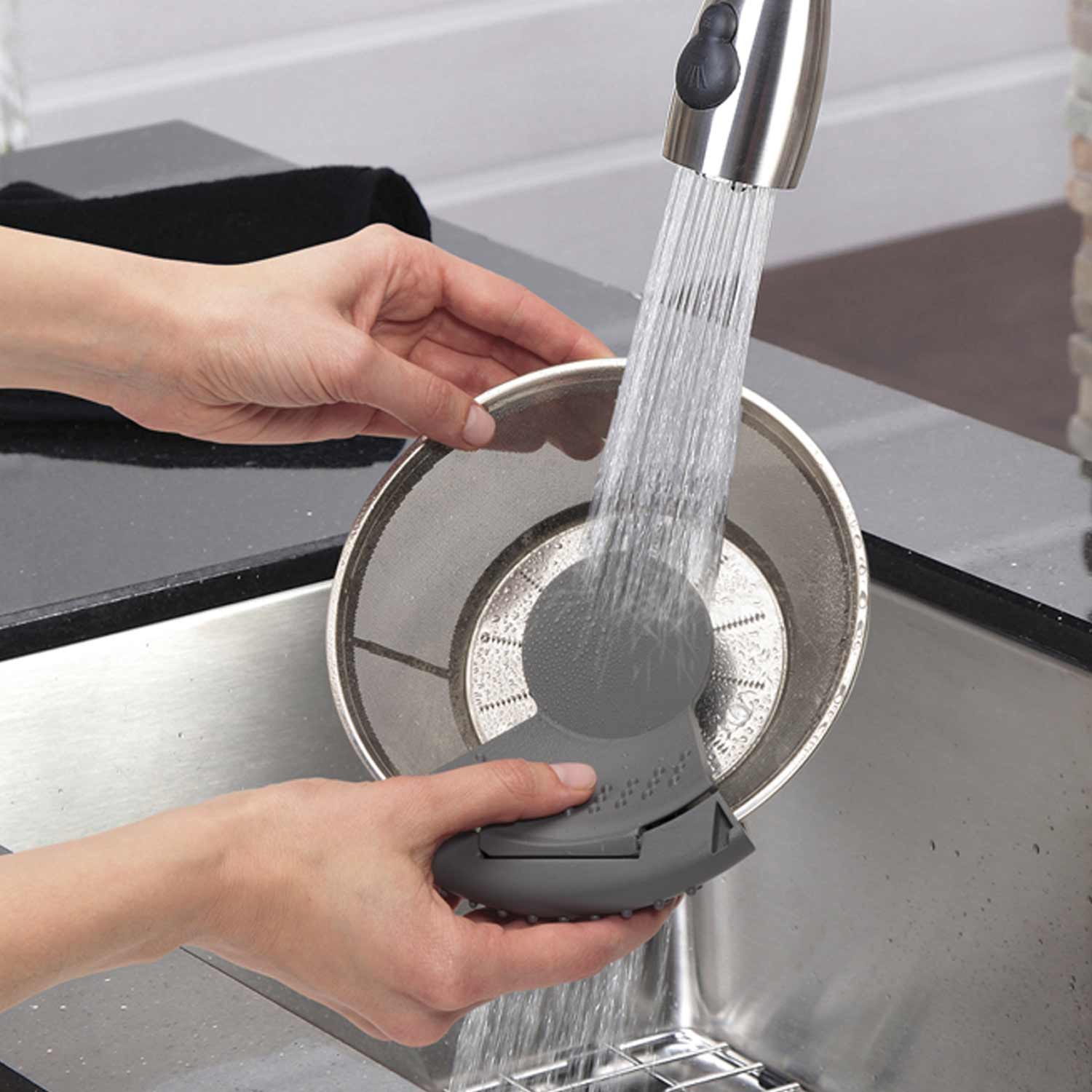
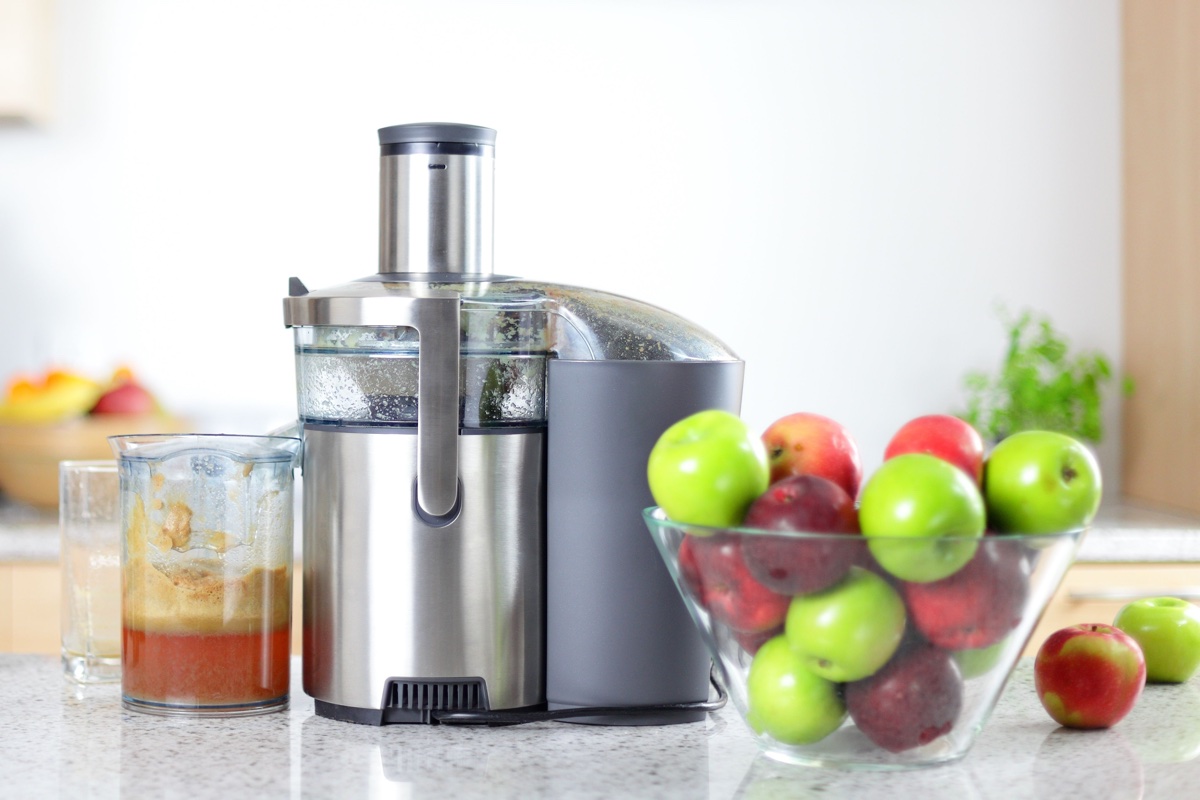
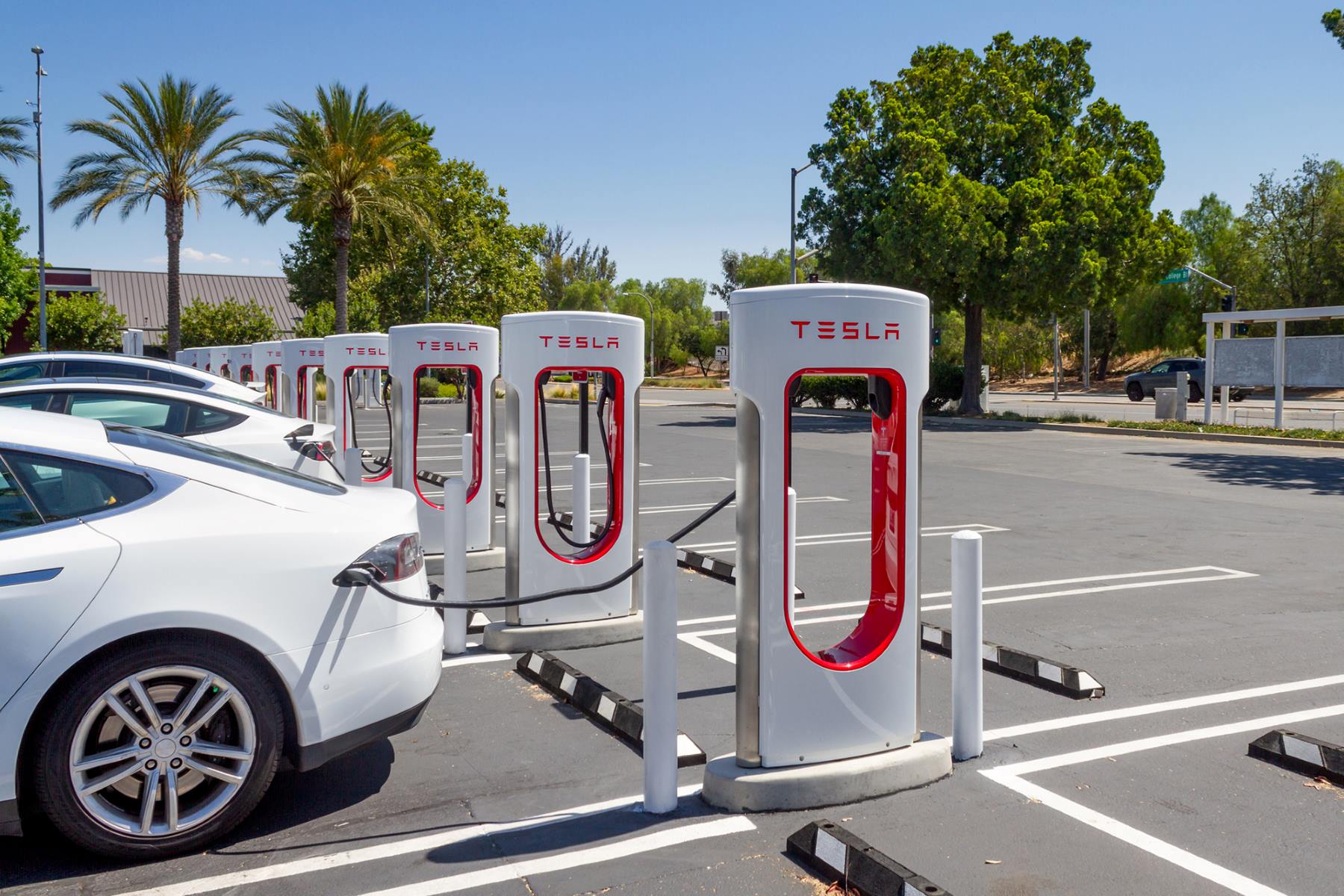

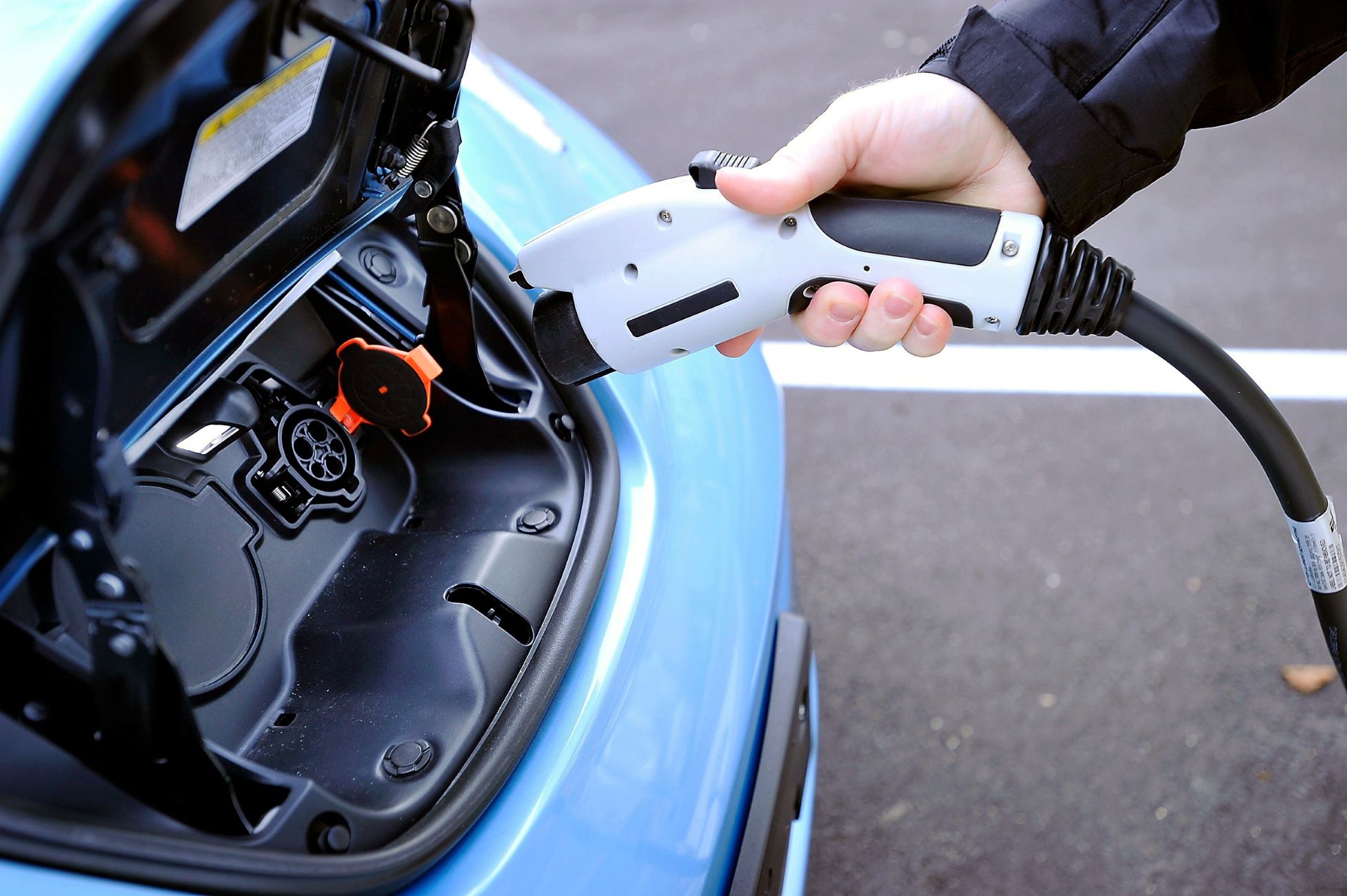
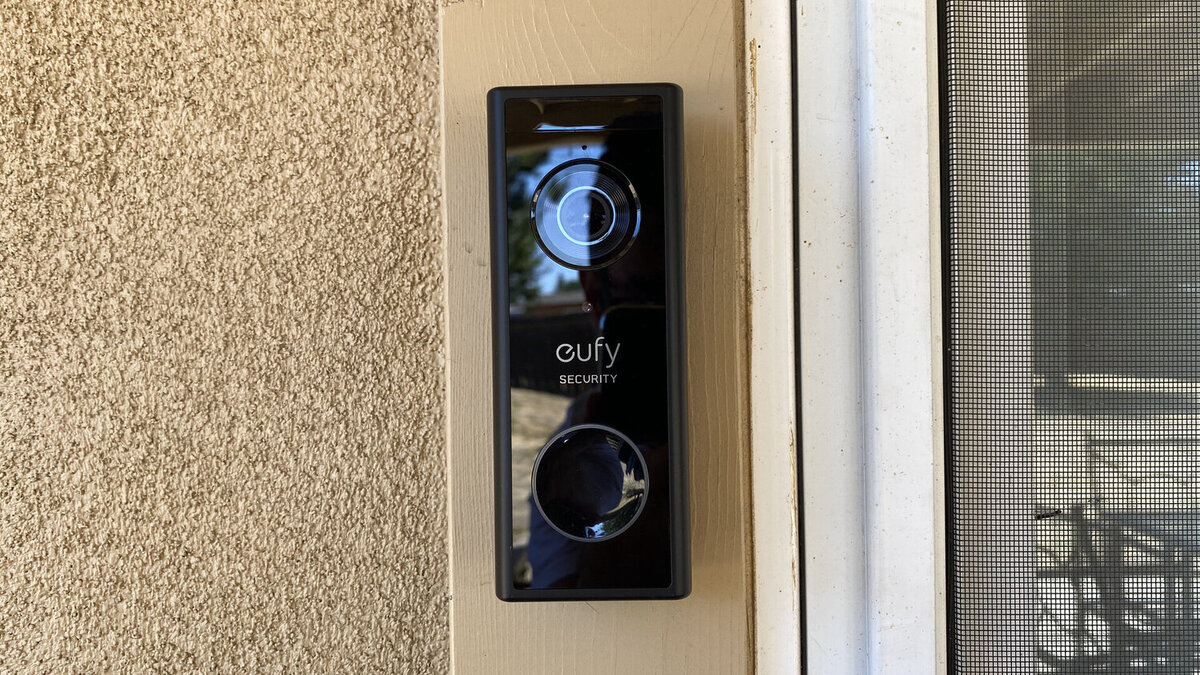


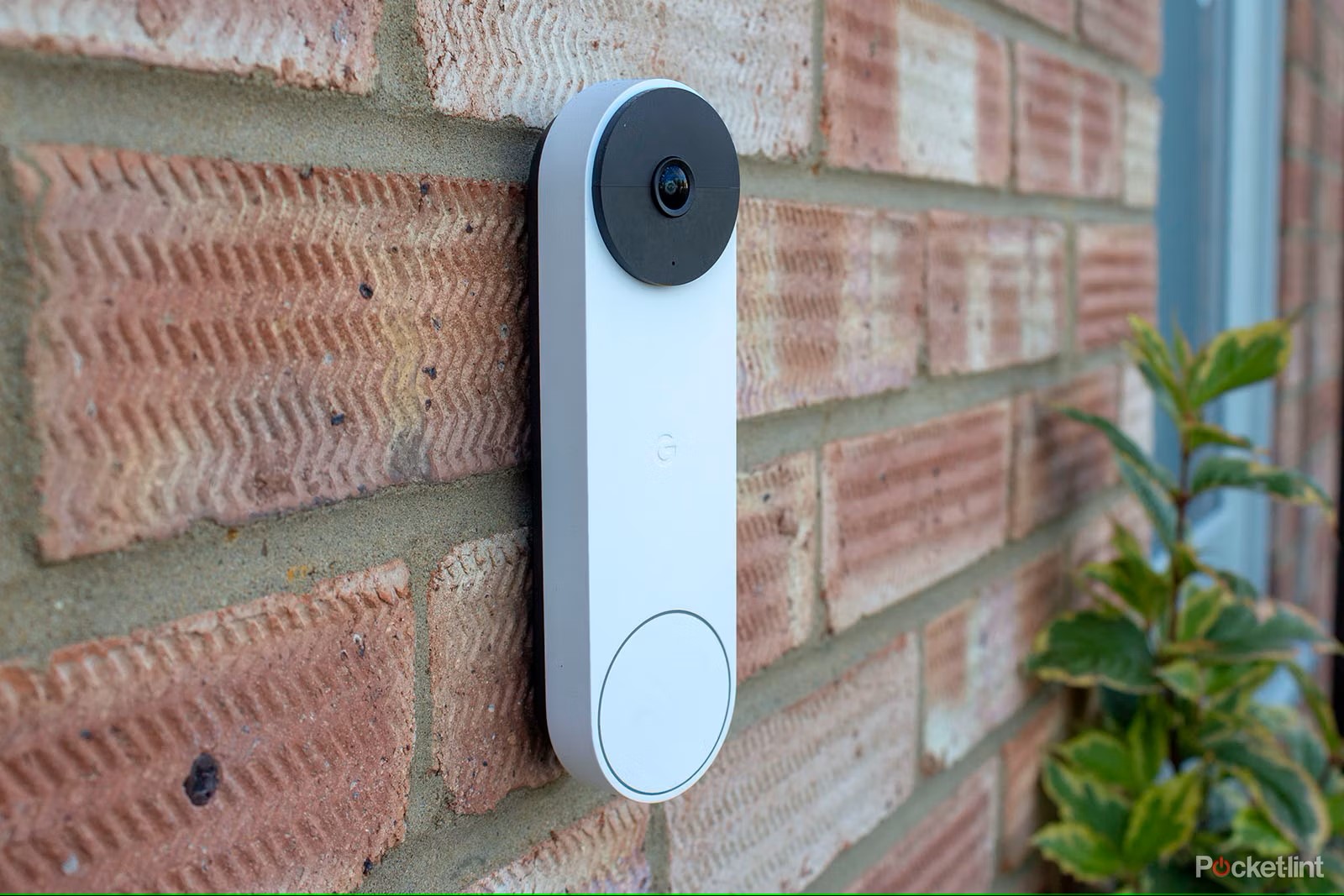
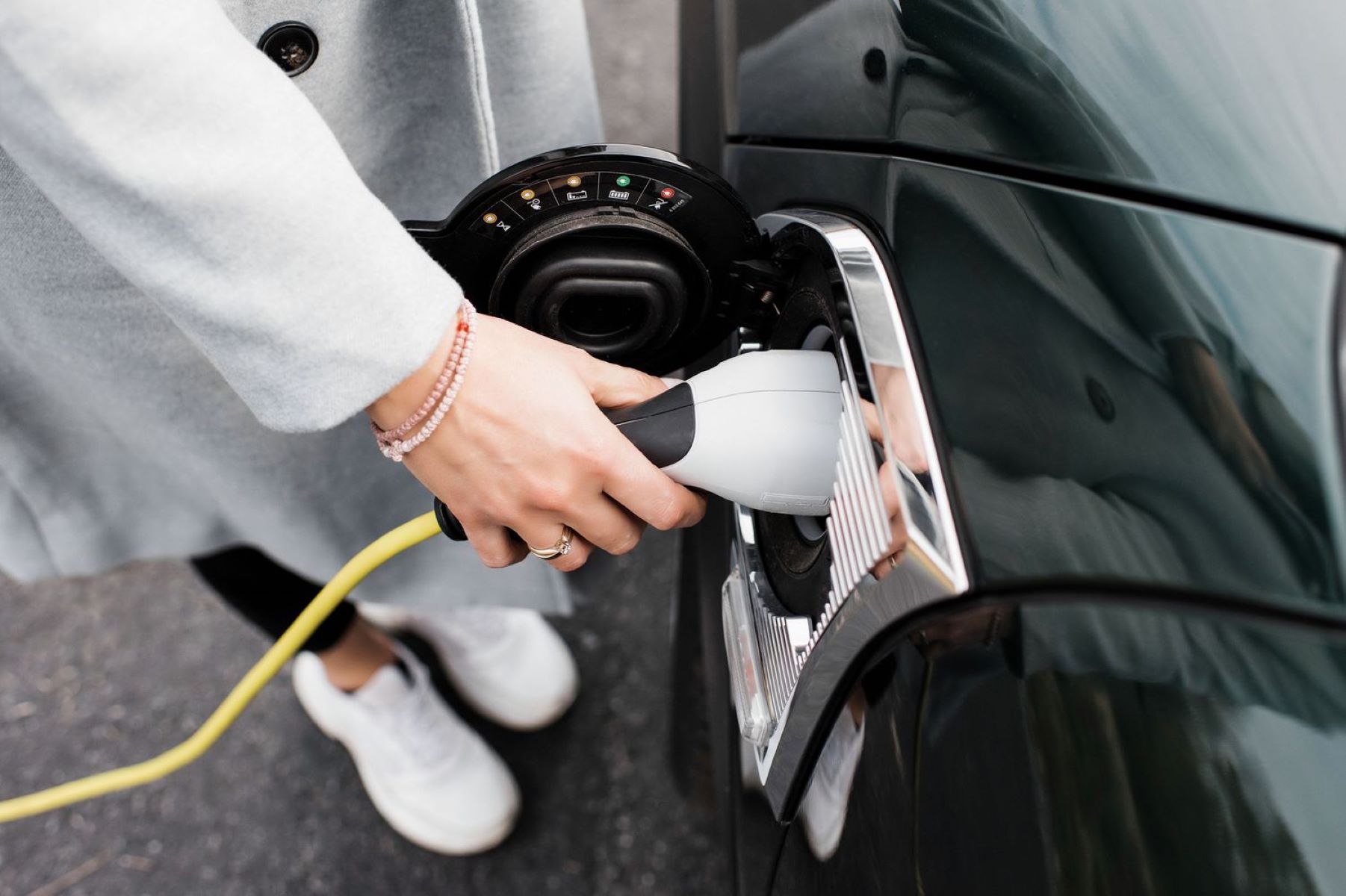
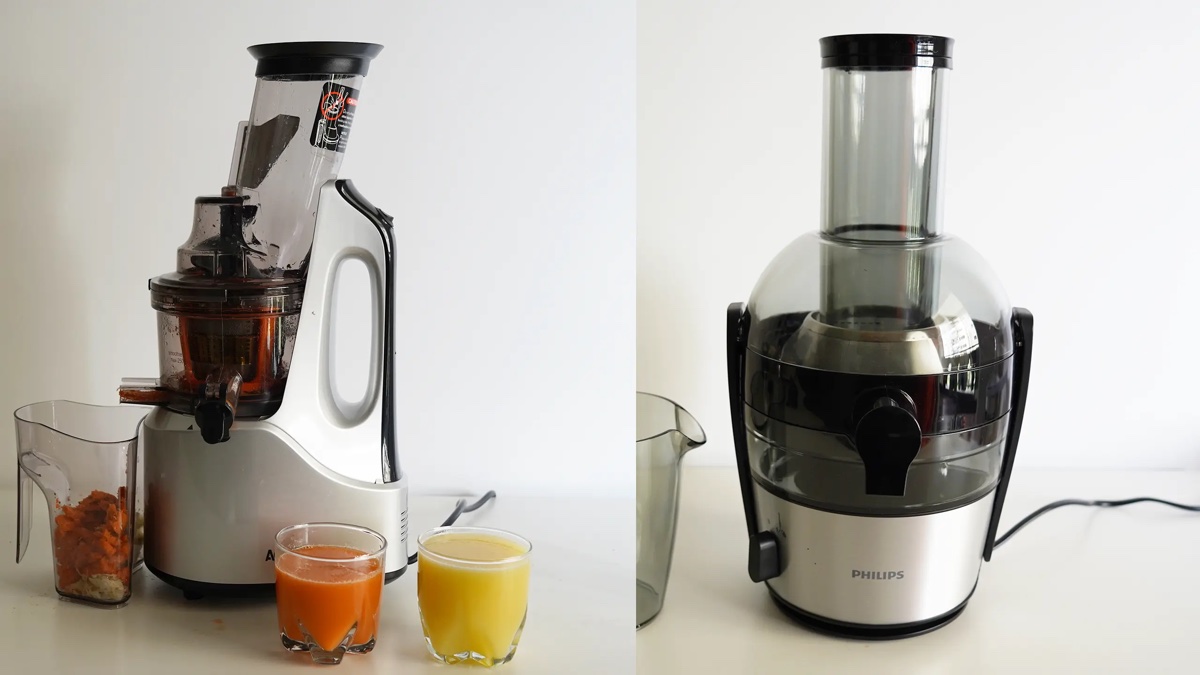
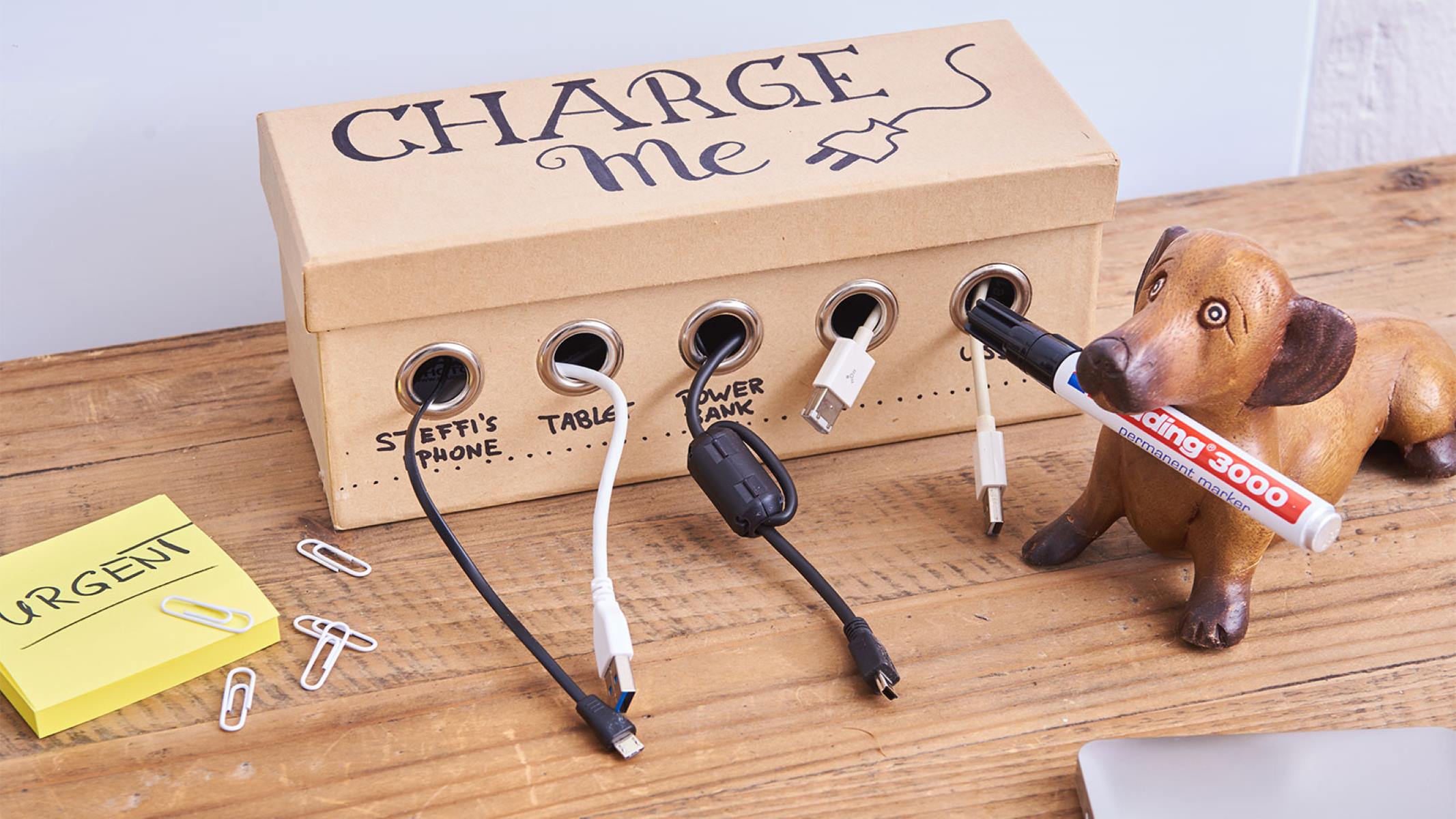
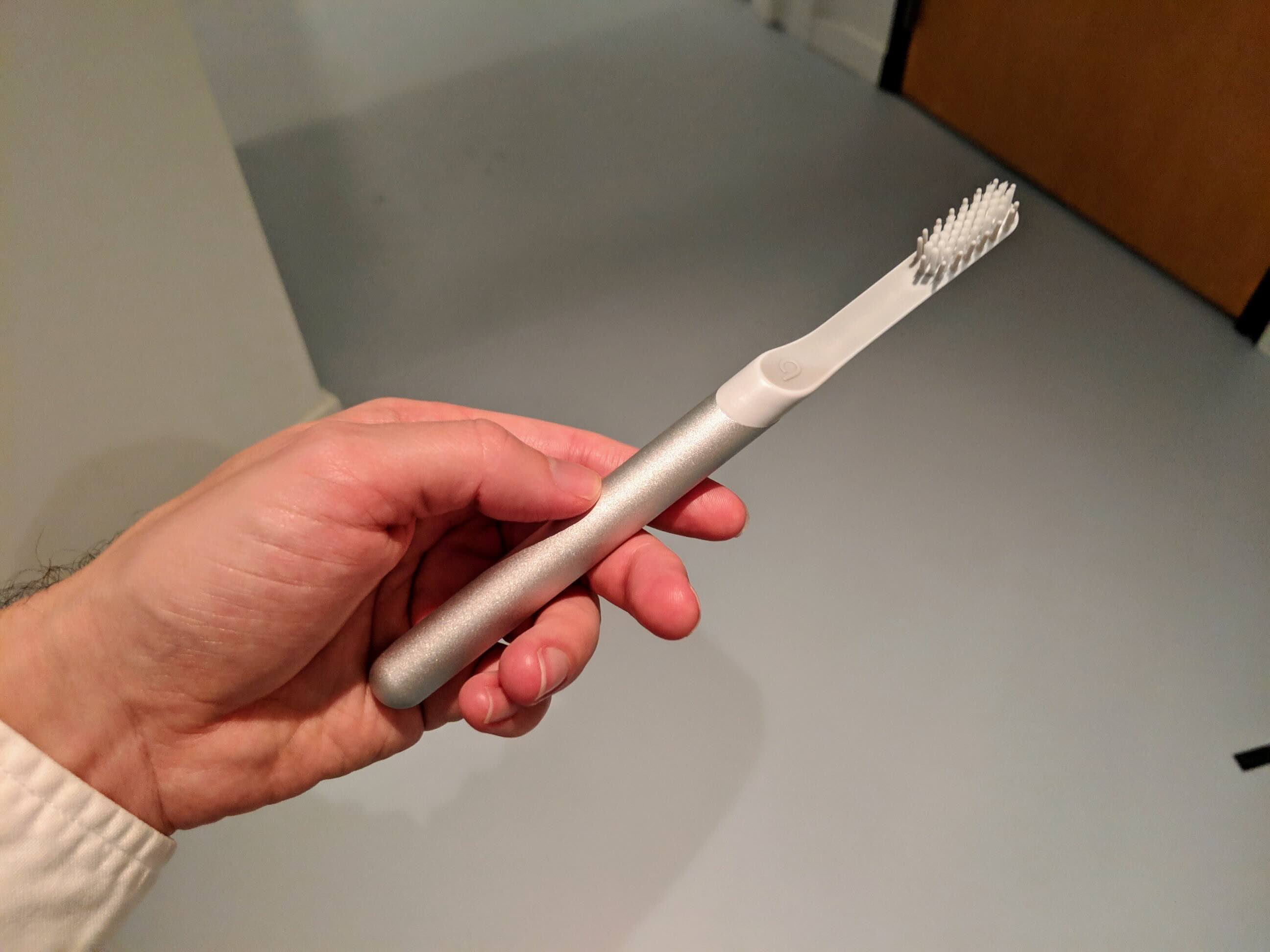


0 thoughts on “How To Charge Portable Juicer”